Don't Panic About Rising Oil Prices! A Deep Technical Analysis of Fuel Consumption!
 JamesSep 12, 2024, 03:28 PM
JamesSep 12, 2024, 03:28 PM
Fuel Consumption is an important indicator to measure fuel-efficient of car, directly affecting the cost of vehicle usage by the consumer and environmental protection. There are multiple factors influencing the vehicle's fuel-consumption which involve the design, manufacture, and usage of the vehicle. This article will delve into the principle of Fuel Consumption and its influencing factors from a technical perspective.

I. Definition and Measurement of Fuel Consumption
Fuel Consumption refers to the amount of fuel consumed by the car within a certain distance, usually measured in liters per hundred kilometers (L/100km). Typically, there are three ways of measuring Fuel Consumption: cycle method, actual vehicle testing method, and vehicle dashboard display.
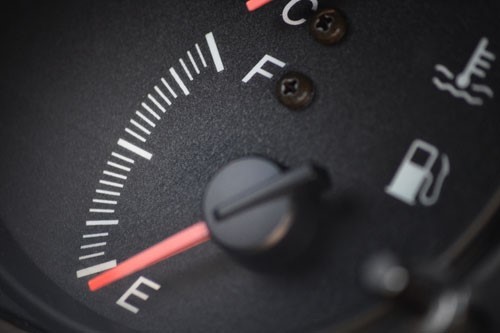
Cycle Method: The vehicle is tested on a dynamometer simulating actual road driving conditions, to determine the fuel consumption data under different conditions.
Actual Vehicle Testing Method: The vehicle is driven on actual roads for tests, and the fuel consumption is calculated by recording the mileage and the amount of fuel consumed.
Vehicle Dashboard Display: Modern cars usually are equipped with instant and average fuel consumption display functions, making it convenient for drivers to understand the vehicle's fuel consumption. Therefore, the situation of Fuel- consumption can be identified clearly by the vehicle's own monitoring system. Nowadays, even the transfer of vehicle data to the mobile APP is possible, making it more convenient for car owners to understand the situation.
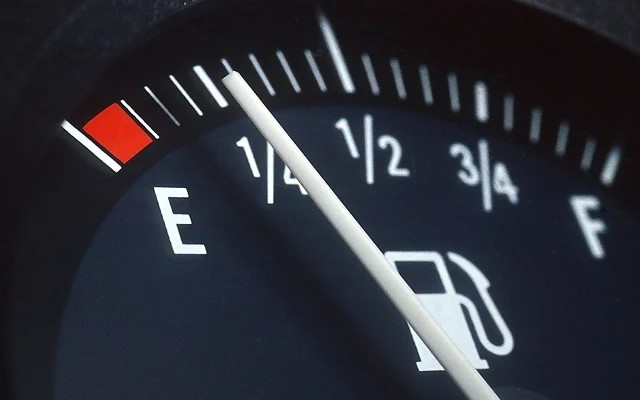
II. Factors Influencing Fuel Consumption
1. Engine
The car engine type can be divided into gasoline engines, diesel engines, hybrid power engines, and other different types of engines. The ignition method of a gasoline engine is spark ignition. The combustion speed is fast, and the power output is linear. But because the octane number requirement of gasoline is higher, the combustion efficiency is relatively low, so the Fuel Consumption is relatively high.
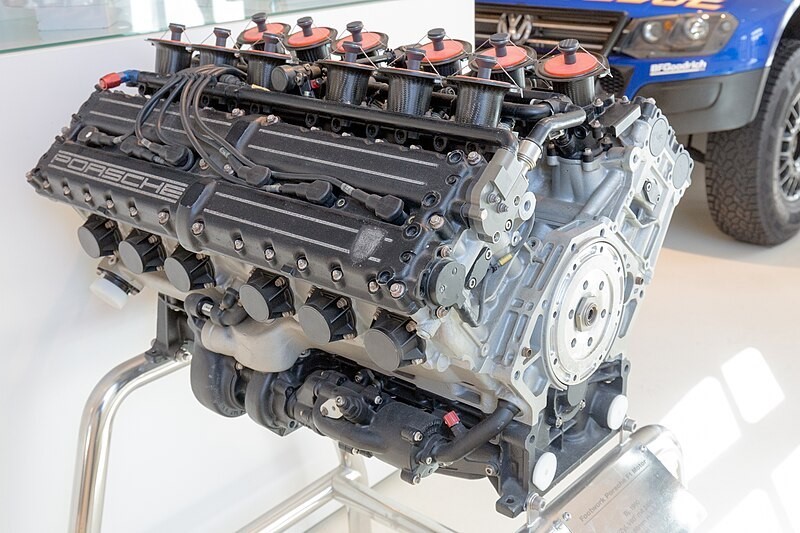
The ignition method of a diesel engine is compression ignition, the compression ratio is high, the combustion efficiency is high, and the Fuel Consumption is relatively low. However, the diesel engine has a louder noise, higher starting temperature requirements, and a higher content of nitrogen oxides in the emissions, which can cause environmental pollution.
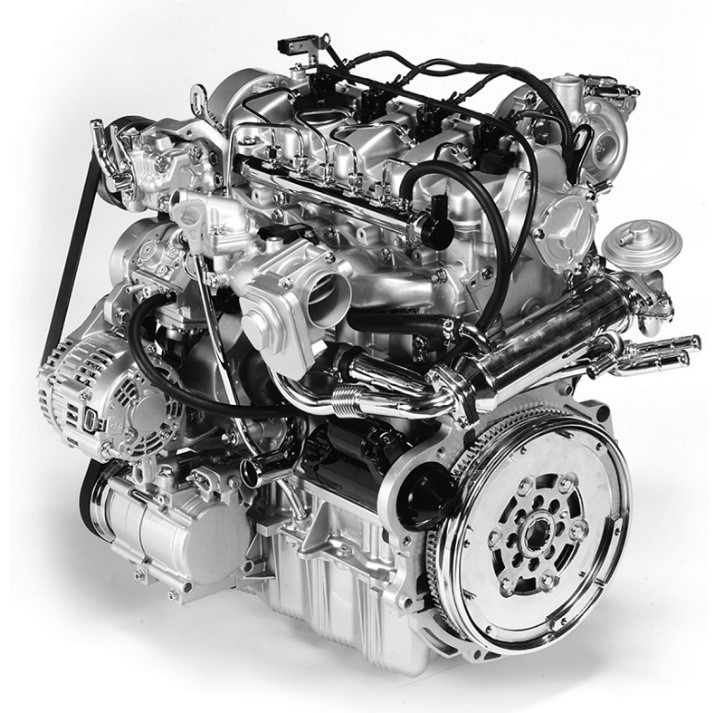
The hybrid power engine that is popular today combines the advantages of gasoline engines and electric motors. It can switch power sources under different operating conditions to achieve higher fuel economy.
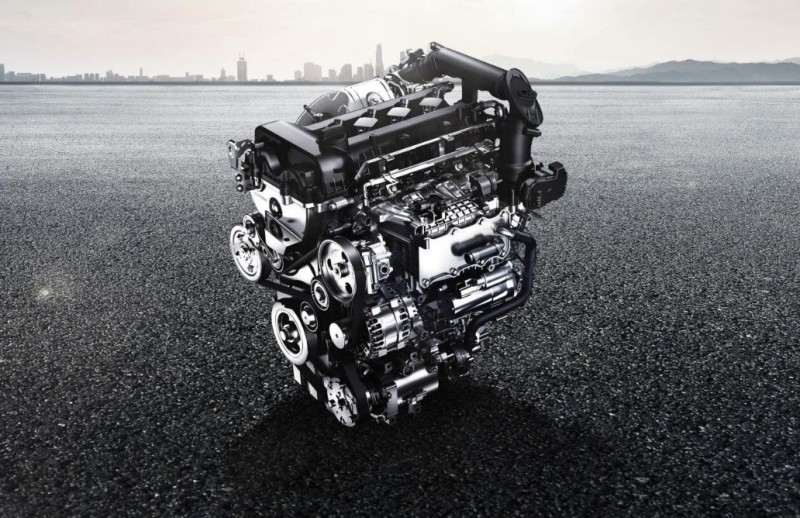
2. Transmission
The transmission is a key component of the automotive transmission system. It is responsible for transmitting the power of the engine to the drive wheels and changing the transmission ratio to adapt to different driving conditions. The type and performance of the transmission directly affect the fuel consumption of the car.
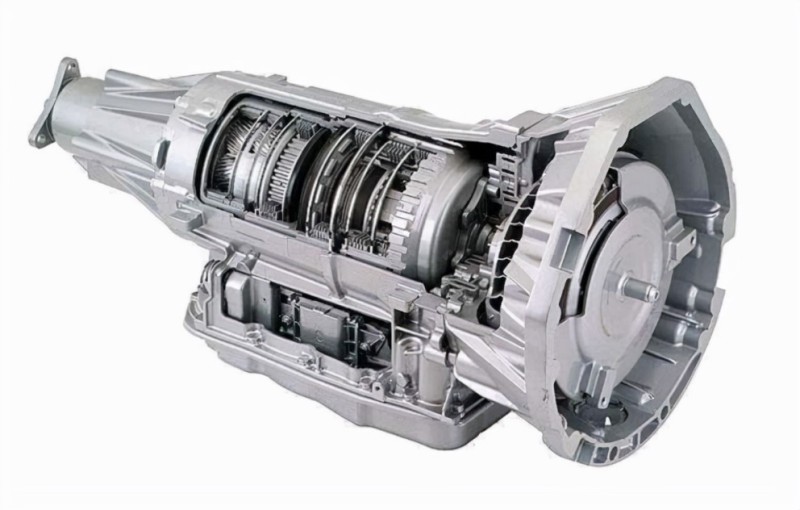
The higher the transmission efficiency of the gearbox, the less power loss, and the better the fuel economy. The more gears, the gearbox can choose a more appropriate gear according to different driving speeds and loads, making the engine always work in the best fuel economy range. The timing of the gearbox shifting directly affects the engine's working condition. Shifting too early will make the engine speed too low and the power is insufficient; shifting too late will make the engine speed too high, and Fuel Consumption will increase.
3.Vehicle itself
When the weight of the car body increases, it will naturally increase the driving resistance of the vehicle, thereby causing fuel consumption to increase. If you want to reduce the car's Fuel Consumption, you can try to reduce the load of heavy objects in the car.

The body shape, chassis design and other factors will affect the air resistance of the vehicle, so the greater the air resistance, the higher the Fuel Consumption. Therefore, new cars on the market will disclose data on air resistance to show the impact of car design on Fuel Consumption and driving. The current air resistance coefficient of sedans is generally between 0.28 and 0.4. According to tests, for every 10% reduction in the air resistance coefficient, fuel savings are about 7%.
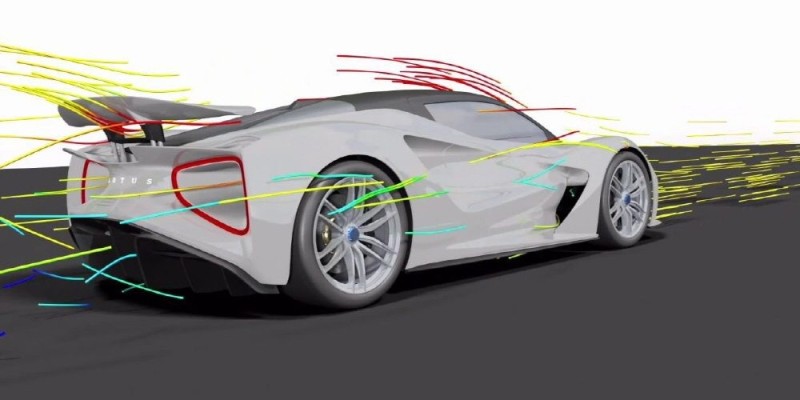
Tires and road conditions can create rolling resistance, and the greater the rolling resistance, the higher the corresponding Fuel Consumption. The greater the rolling resistance produced by the contact of the car's tires with the ground, the higher the resistance that is generated, and the more power that is needed to counteract it.
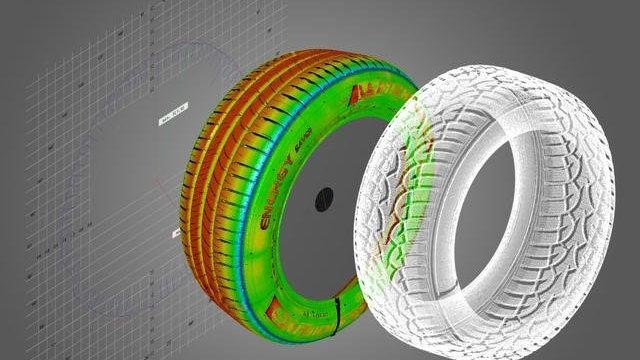
Fuel Consumption is a complex system engineering project with many influencing factors. Through continuous improvement of engine technology, gearbox technology, and vehicle design, it is possible to effectively reduce fuel consumption and improve fuel economy. At the same time, consumers should also cultivate good driving habits to contribute to reducing fuel consumption.
If any infringement occurs, please contact us for deletion
Trending News

BYD Sealion 7 is not only cheaper than Tesla Model Y, what other differences do they have?
Is it better to buy the BYD Sealion 7 or the Tesla Model Y? This really makes one a bit hesitant, but before you make a decision, I recommend you take a good look at this article.

Toyota Land Cruiser FJ did not disappoint, the most anticipated civilian off-road vehicle is back.
Since its birth in 1951 under the name Toyota BJ, the Land Cruiser series has accumulated sales of approximately 12.15 million units in over 190 countries and regions worldwide, becoming a global off-road icon spanning more than 70 years.

2026 Toyota Hilux Travo released, the brand-new exterior and interior are highly anticipated
If you're considering buying a Hilux, honestly, the comprehensive innovations in the ninth generation are worth waiting for. While the current model might still have some advantages in terms of reliability and price, the new model offers significant changes in terms of exterior and interior luxury, tech features, and powertrain options.

In Malaysia, which sliding door MPVs are available?
The numerous advantages of sliding door MPVs make many people fond of this type of vehicle. However, MPVs are not a mainstream choice in the car market, so many people might not know which MPVs are available domestically.

Suzuki Fronx vs. Toyota Yaris Cross comparison, which one is more worth buying?
Compact SUVs are increasingly favored by consumers for their flexibility and fuel efficiency. Consequently, the Suzuki Fronx has also entered this market segment, attracting significant attention.
Popular Cars
Car Compare

